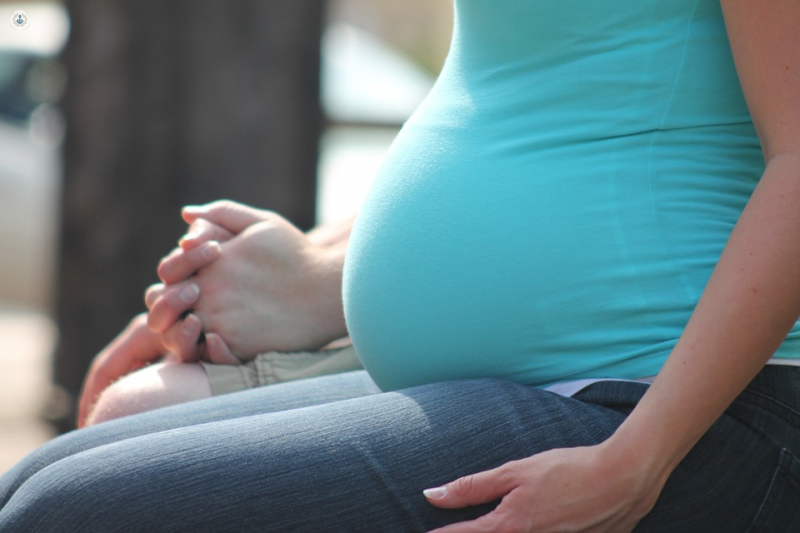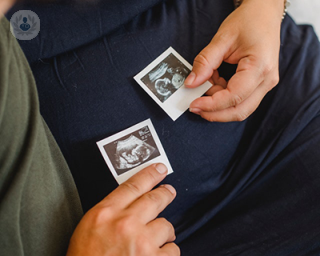Preimplantation Diagnosis
Mr Rafet Gazvani - Fertility specialist
Created on: 11-13-2012
Updated on: 01-16-2024
Edited by: Conor Lynch
What is preimplantation diagnosis?
Preimplantation diagnosis is a medical procedure that can help reduce the risk of passing on inherited conditions by testing embryos for specific genetic mutations. It is a form of embryo profiling that is considered similar to prenatal diagnosis.

How is preimplantation genetic diagnosis used?
PGD is used in conjunction with in vitro fertilisation (IVF) and can be done for almost any inherited condition for which the exact mutation is known. The PGD process involves several steps. Firstly, eggs are collected from the female and sperm is collected from the male.
The sperm and eggs are then fertilised, and the resulting embryos are monitored to see which ones thrive. The embryos are then allowed to develop, and those that thrive are given identifiers.
A genetic test is then run on each embryo for a given trait, and the results are matched with the embryos. The embryos without the desired trait are identified and discarded, while the remaining embryos are allowed to grow to the point that they can be implanted. The embryos with the desired trait are then implanted, and if successful, result in a healthy pregnancy.
Who is the ideal candidate for preimplantation genetic diagnosis?
PGD is a useful tool for couples who are at risk of passing on genetic disorders to their offspring. It can help them make informed decisions about their reproductive options and avoid selective abortion. PGD is also useful for couples who have experienced multiple miscarriages or failed IVF cycles. However, it is important to note that PGD is not a guarantee of a healthy pregnancy, and there are still risks involved.
What are the main associated risks?
Most of the risks involved in PGD treatment are similar to those for conventional in vitro fertilisation. These include mild reactions to fertility drugs, multiple pregnancies, ovarian hyperstimulation syndrome (OHSS), pelvic infection, and miscarriage.
Additionally, there is evidence that babies conceived through IVF are more likely to be born prematurely and weigh less than naturally conceived babies born at the same age. In a mouse model study, PGD has been attributed to various long-term risks, including weight gain and memory decline.
However, it is important to note that no strong evidence currently exists to suggest that babies conceived through PGD are at any greater risk of abnormality than babies conceived through other forms of assisted reproduction.
How long does the PGD process take?
The PGD process can take up to two weeks. However, the exact duration of the process can vary depending on the clinic and the specific genetic test being performed. It is important to consult a qualified medical professional for more information on PGD and its potential benefits and risks.


